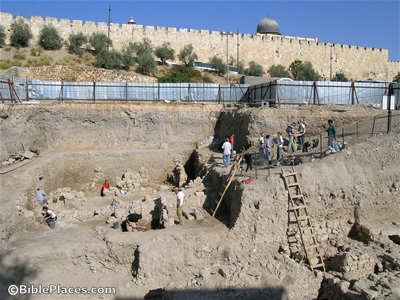I bet most of my readers can’t guess what it is. #1, of course, is the Western Wall.
#2 is not:
- The Machpelah in Hebron
- Masada
- Qumran
- Bethlehem (think Ruth and David)
- Joseph’s Tomb, or anything in Shechem
- The Temple Mount, the City of David, or anything in Jerusalem
In fact, it’s not anything related to the Bible at all.
Nor is it the tomb of Rambam (Maimonaides), Rabbi Akiva, Rabbi Nahman, or Rabbi Judah the Prince. Nor is it connected to any of the famous rabbinic cities, including Tiberias, Sepphoris, or Yavneh.
The honor of the most visited Jewish religious site belongs to the tomb of Rabbi Shimon Bar Yochai on Mt. Merom. Each year hundreds of thousands visit the site for the Lag B’omer celebration; more than a million visit annually.

